SUMMARY
This is AI generated summarization, which may have errors. For context, always refer to the full article.

SINGAPORE – The International Boxing Association (AIBA) made waves recently by implementing a series of drastic rule changes in Olympic competition, with two of those alterations moving amateur boxing closer to its professional counterpart.
Previously, Olympic boxing was traditionally scored by counting cleanly landed punches in pre-designated contact zones. One of the controversial issues arising from the old-fashioned scoring system however was that body punching, which effectively wears out and slows down opponents, was hardly given any merit in the amateurs.
This is no longer the case in the new system.
10-Point must system
The changes in Olympic Boxing regulations specify a move in favor of professional Boxing’s “10-Point Must System”. This replaces the old system, which is done precariously by a computer, of counting punches that tend to score points rather than do damage.
Boxing is one of the most controversial sports in the Olympics being that in some cases, the victor isn’t the fighter who deals the most damage over the course of the match. The winner, regardless of damage dealt and received, would be the one who ‘scored the most points’.
The 10-Point Must System aims to reduce controversial and unpopular decisions.
In the new system, 10 points is awarded to the winner of each round based on clean punching, effective aggression, ring generalship and defense. 9 points is given to the loser of each round. The points are awarded by trusted ringside judges.
If a knockdown occurs, the fighter who was knocked down receives a one-point penalty. If the round is too close to call, judges have the option to declare an even (10-10) round.
Each fight will be assigned five ringside judges.
“Boxing isn’t bean counting,” said Charles Butler, the chairmain of AIBA’s medical commission. “The thing that makes (the computer counting system) dangerous is if you’re a boxer, you know you’re not going to get a point for a body shot. So what are you going to do except punch to the head?”
“There were no points given for combinations. You might get one point. If a kid was a counterpuncher, you’d lose,” Butler added.
Removal of headgear
Aside from the new 10-point scoring system, headgear has also been discarded.
This new rule doesn’t apply to the sport’s entire amateur body however, only to the top levels of the adult male category. Women’s boxing and youth still need to wear headgear during fights.
The use of headgear has had a decades-long history of strong criticism in that it reduces the impact of a punch to the head, which allows for continued and sustained punishment to the skull in turn increasing the likelihood of fighters suffering concussions or brain trauma.
In addition, the use of headgear has no tangible or scientific proof that it is effective in decreasing concussions. In fact, headgear actually impedes fighters’ vision and fails to protect a boxer’s chin, where most knockout punches do the most damage.
“There’s no evidence protective gear shows a reduction in incidence of concussion. In 1982, when the American Medical Association moved to ban boxing, everybody panicked and put headgear on the boxers, but nobody ever looked to see what the headgear did,” said Butler.
Reduced controversy
The move to the new set of rules aims to reduce controversial endings to competitive fights and to better protect the overall well-being of competitors. Under the direction of AIBA’s president Wu Ching-Kuo, the sport of Boxing is slowly being moved to a professional model.
AIBA even moved to drop the term “amateur” from its name in efforts to increase the governing body’s visibility over the entire sport as a whole.
“It is AIBA’s duty to bring the sport of boxing to the pinnacle of the Olympic Movement, and I am convinced that these changes will critically contribute to the development of our beloved sport,” said Wu.
“Decisions have not been made lightly, and we will now put a lot of efforts in educating our national member federations, our officials, boxers and coaches, as well as boxing fans around the world.”
Changes long overdue
Surely these recent changes would have benefited current big-name professional fighters today had they been implemented when they were still competing in the amateurs, some of which found themselves on the wrong end of bad decisions.
Roy Jones Jr., who in the 1988 Seoul Olympic Games dominated opponents and never lost a round en-route to the final match, dropped a widely unpopular and controversial 3-2 decision loss to Park Si-Hun, his Korean opponent.
Despite destroying Park throughout the entire fight, Jones lost on points and wound up with a silver medal, regardless of out-landing Park 86-32.
Filipino boxer Brian “The Hawaiian Punch” Viloria, who competed in the 2000 Sydney Olympics as the medal favorite, lost to eventual gold medal winner Brahim Asloum of France, 6-4.
Viloria landed countless damaging body shots, punches which he’s now known for as a professional, proved to be meritless in the end as judges failed to award points for his blows.
Needless to say, the rule changes in today’s Olympics have long been overdue.
If boxing wants to remove the stigma of it being a corrupt sport, it just took a giant leap in that direction. – Rappler.com
Add a comment
How does this make you feel?
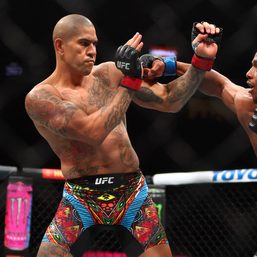
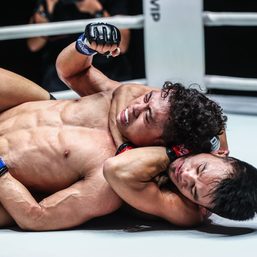
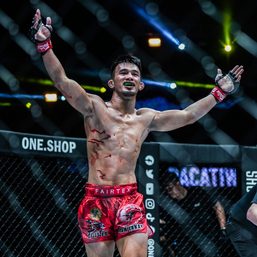

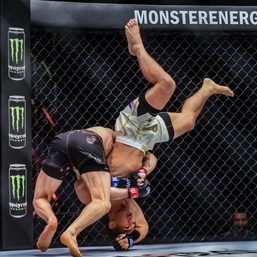
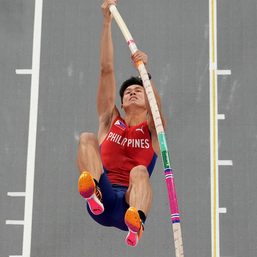
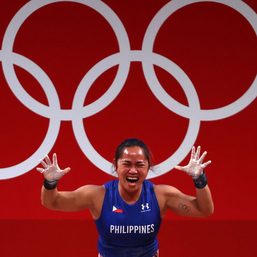
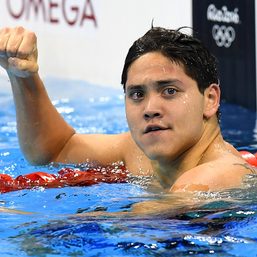
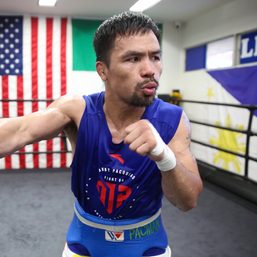
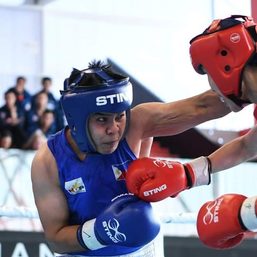
There are no comments yet. Add your comment to start the conversation.